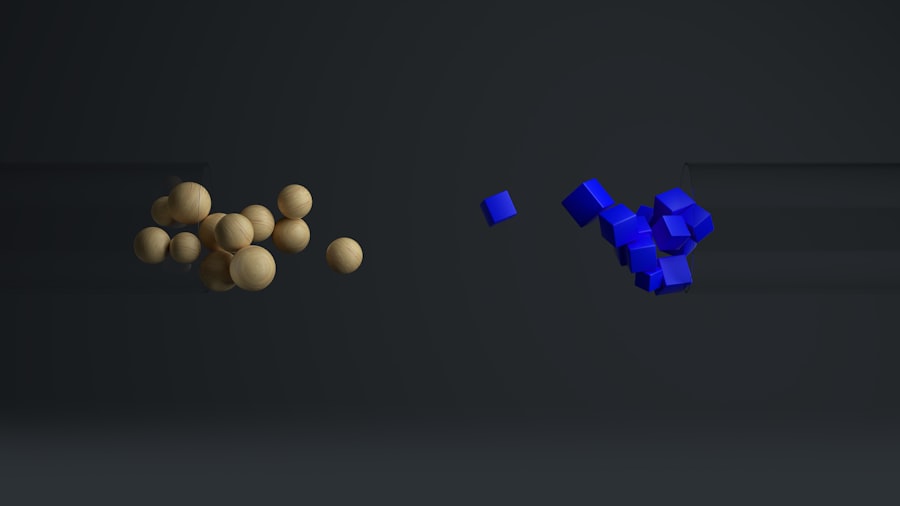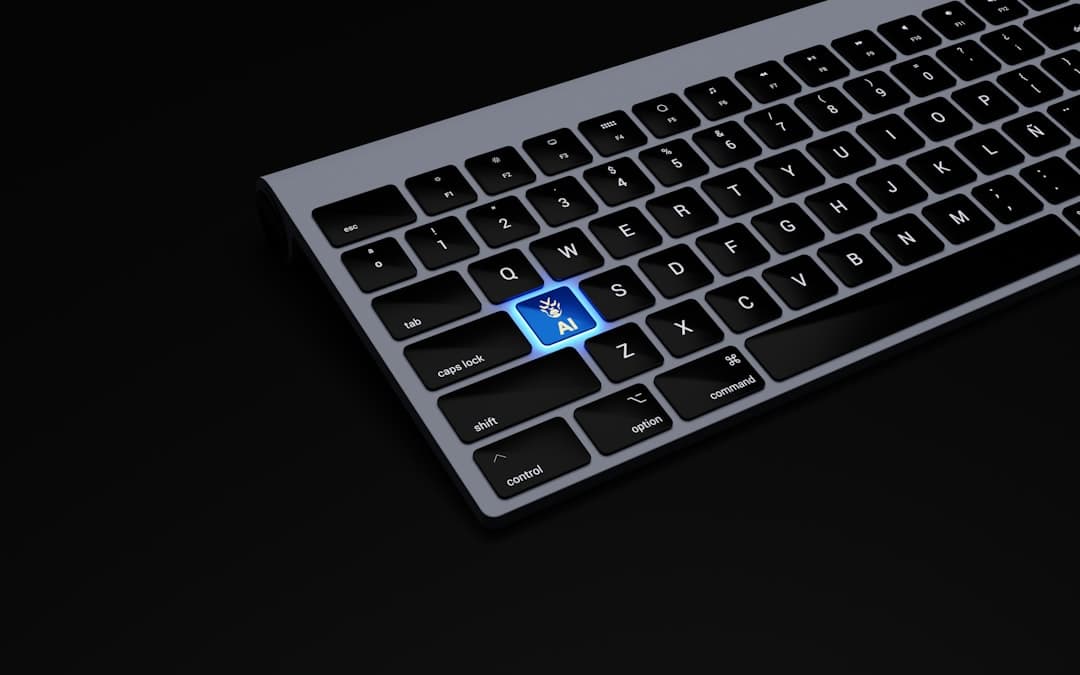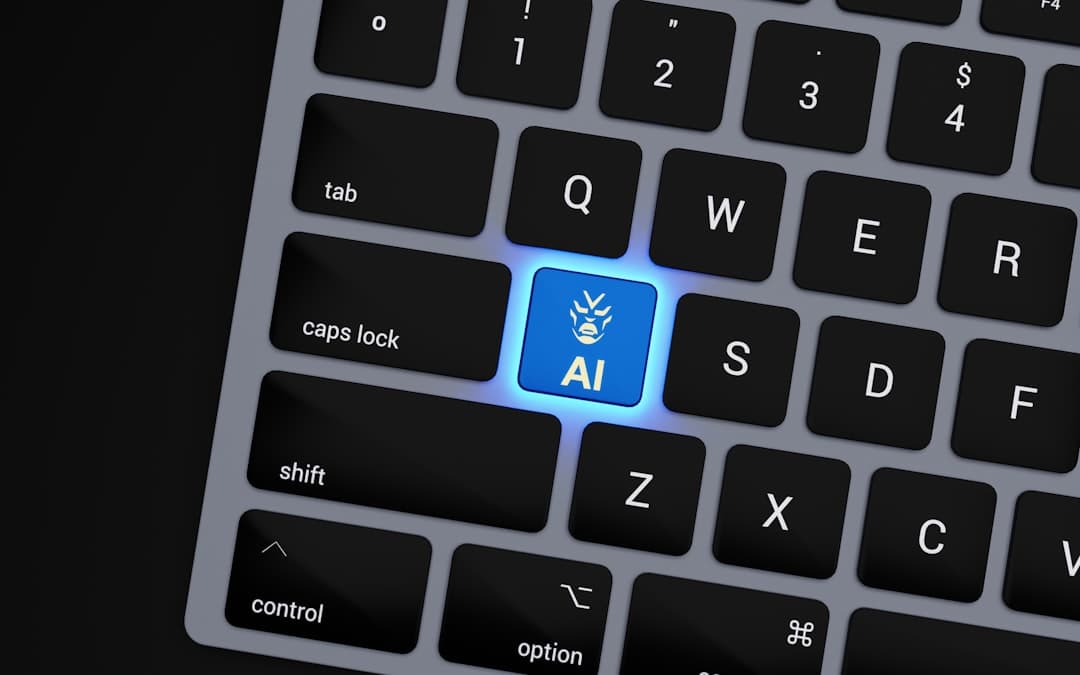In the rapidly evolving landscape of technology, Genpact Cora stands out as a pioneering force in the realm of AI-driven business solutions. Launched by Genpact, a global leader in business process management and services, Cora is designed to empower organizations by integrating advanced artificial intelligence capabilities into their operational frameworks. This innovative platform combines machine learning, natural language processing, and data analytics to streamline processes, enhance decision-making, and ultimately drive business growth.
As companies increasingly seek to leverage technology for competitive advantage, Genpact Cora emerges as a vital tool in their arsenal. The significance of Genpact Cora lies not only in its technological prowess but also in its ability to adapt to the unique needs of various industries. By offering a modular approach, Cora allows businesses to customize their AI solutions according to specific operational requirements.
This flexibility ensures that organizations can harness the full potential of AI without overhauling their existing systems. As we delve deeper into the functionalities and benefits of Genpact Cora, it becomes evident that this platform is not just a fleeting trend but a transformative force that is reshaping the future of business operations.
Key Takeaways
- Genpact Cora is a comprehensive platform that leverages AI and analytics to transform business processes and drive digital transformation.
- AI-driven business process automation involves the use of advanced technologies like machine learning and natural language processing to streamline and optimize business operations.
- Cognitive virtual assistants play a crucial role in business operations by automating repetitive tasks, providing real-time insights, and enhancing customer experiences.
- Implementing Genpact Cora in business processes can lead to improved efficiency, cost savings, enhanced customer satisfaction, and better decision-making.
- Successful case studies demonstrate how Genpact Cora has helped organizations across various industries achieve significant improvements in productivity, accuracy, and agility.
Understanding AI-driven Business Process Automation
At the heart of Genpact Cora’s capabilities is the concept of AI-driven business process automation (BPA). This approach leverages artificial intelligence to automate repetitive tasks, optimize workflows, and enhance overall efficiency. Traditional business processes often involve manual intervention, which can lead to errors, delays, and increased operational costs.
By integrating AI into these processes, organizations can significantly reduce human involvement in routine tasks, allowing employees to focus on more strategic initiatives that require creativity and critical thinking. AI-driven BPA encompasses a wide range of technologies, including robotic process automation (RPA), machine learning algorithms, and intelligent data processing. These technologies work in tandem to analyze vast amounts of data, identify patterns, and make informed decisions in real-time.
For instance, RPA can automate data entry tasks across various systems, while machine learning algorithms can predict customer behavior based on historical data. This synergy not only accelerates processes but also enhances accuracy and reliability, ultimately leading to improved customer satisfaction and business outcomes.
The Role of Cognitive Virtual Assistants in Business Operations

Cognitive virtual assistants (CVAs) are a key component of Genpact Cora’s offering, playing a crucial role in enhancing business operations. These AI-powered assistants are designed to interact with users in a natural language format, providing support for a variety of tasks ranging from customer service inquiries to internal process management. By utilizing natural language processing and machine learning capabilities, CVAs can understand context, learn from interactions, and continuously improve their responses over time.
The integration of CVAs into business operations offers numerous advantages. For one, they can significantly reduce response times for customer inquiries, providing instant support and freeing up human agents to handle more complex issues. Additionally, CVAs can assist employees by automating routine tasks such as scheduling meetings or retrieving information from databases.
This not only enhances productivity but also fosters a more efficient work environment where employees can dedicate their time to high-value activities that drive innovation and growth.
Benefits of Implementing Genpact Cora in Business Processes
| Benefits | Description |
|---|---|
| Process Efficiency | Genpact Cora helps in streamlining and automating business processes, leading to improved efficiency. |
| Cost Savings | Implementation of Genpact Cora can result in cost savings through reduced manual efforts and improved resource utilization. |
| Enhanced Accuracy | By leveraging advanced technologies, Genpact Cora can improve the accuracy of business processes and reduce errors. |
| Improved Decision Making | Access to real-time data and analytics provided by Genpact Cora can lead to better decision making within the organization. |
| Scalability | Genpact Cora is designed to be scalable, allowing businesses to adapt and grow without major disruptions to their processes. |
The implementation of Genpact Cora brings forth a multitude of benefits that can transform the way organizations operate. One of the most significant advantages is the enhancement of operational efficiency. By automating mundane tasks and streamlining workflows, businesses can achieve faster turnaround times and reduce the likelihood of errors.
This efficiency translates into cost savings and allows organizations to allocate resources more effectively. Moreover, Genpact Cora facilitates data-driven decision-making by providing real-time insights into business performance. With its advanced analytics capabilities, organizations can monitor key performance indicators (KPIs) and identify trends that inform strategic planning.
This level of visibility empowers leaders to make informed decisions that align with their business objectives. Additionally, the platform’s ability to adapt to changing market conditions ensures that organizations remain agile and responsive in an ever-evolving landscape.
Case Studies of Successful Implementation of Genpact Cora
To illustrate the transformative impact of Genpact Cora, several case studies highlight successful implementations across various industries. One notable example is a leading financial services firm that adopted Cora to enhance its customer service operations. By integrating cognitive virtual assistants into its customer support channels, the firm was able to reduce response times by 50% while simultaneously increasing customer satisfaction scores.
The AI-driven solution not only streamlined inquiries but also provided valuable insights into customer preferences, enabling the firm to tailor its offerings more effectively.
By utilizing AI-driven analytics and automation tools, the company was able to identify inefficiencies in its supply chain processes and implement corrective measures.
As a result, it achieved a 30% reduction in operational costs and improved inventory management practices. These success stories underscore the versatility of Genpact Cora and its ability to deliver tangible results across diverse sectors.
Overcoming Challenges in Adopting AI-driven Business Process Automation

While the benefits of adopting AI-driven business process automation are clear, organizations often face challenges during implementation. One significant hurdle is resistance to change among employees who may fear job displacement or feel overwhelmed by new technologies. To address this concern, it is essential for organizations to foster a culture of innovation and continuous learning.
Providing training programs that equip employees with the skills needed to work alongside AI technologies can help alleviate fears and encourage collaboration between humans and machines. Another challenge lies in data quality and integration. For AI-driven solutions like Genpact Cora to function effectively, they require access to high-quality data from various sources.
Organizations must invest in data governance practices to ensure that their data is accurate, consistent, and readily accessible. Additionally, integrating AI solutions with existing systems can be complex; therefore, a well-defined strategy for implementation is crucial. By addressing these challenges proactively, organizations can maximize the benefits of AI-driven BPA.
Future Trends and Developments in AI-driven Business Process Automation
As we look ahead, several trends are poised to shape the future of AI-driven business process automation. One notable trend is the increasing emphasis on ethical AI practices. As organizations adopt AI technologies, there is a growing awareness of the need for transparency and accountability in AI decision-making processes.
Companies will need to establish frameworks that ensure ethical considerations are integrated into their AI strategies. Furthermore, advancements in natural language processing will continue to enhance the capabilities of cognitive virtual assistants. As these technologies become more sophisticated, we can expect CVAs to handle increasingly complex tasks and engage in more nuanced conversations with users.
Additionally, the rise of low-code and no-code platforms will democratize access to AI tools, enabling non-technical users to create custom automation solutions tailored to their specific needs.
The Impact of Genpact Cora on the Future of Business Operations
In conclusion, Genpact Cora represents a significant leap forward in the realm of AI-driven business process automation. Its ability to integrate advanced technologies such as machine learning and cognitive virtual assistants empowers organizations to streamline operations, enhance decision-making, and ultimately drive growth. As businesses continue to navigate an increasingly competitive landscape, adopting solutions like Genpact Cora will be essential for staying ahead.
The impact of Genpact Cora extends beyond mere efficiency gains; it fosters a culture of innovation where employees are encouraged to embrace technology as an enabler rather than a threat. By overcoming challenges related to adoption and focusing on ethical practices, organizations can harness the full potential of AI-driven solutions. As we move into an era defined by digital transformation, Genpact Cora will undoubtedly play a pivotal role in shaping the future of business operations across industries.
This article delves into the integration of cutting-edge technologies in the healthcare sector, which parallels the innovations seen in Genpact Cora’s approach to business process automation and customer service. To read more about how these technologies are being applied in different industry sectors, you can visit the article here.
FAQs
What is Genpact Cora?
Genpact Cora is an AI-powered platform that offers business process automation, cognitive virtual assistants, robotic process automation, data management, and customer service solutions.
What are the key features of Genpact Cora?
Genpact Cora offers AI-driven business process automation, cognitive virtual assistants for customer service, robotic process automation for repetitive tasks, and data management solutions for improved decision-making.
How does Genpact Cora use AI in business process automation?
Genpact Cora uses AI to automate repetitive tasks, optimize processes, and improve decision-making by analyzing large volumes of data to identify patterns and trends.
What are the benefits of using Genpact Cora for businesses?
Businesses can benefit from increased efficiency, cost savings, improved customer service, and better decision-making by using Genpact Cora’s AI-driven solutions for business process automation, data management, and customer service.
How does Genpact Cora improve customer service?
Genpact Cora offers cognitive virtual assistants that can interact with customers, answer queries, and provide personalized support, leading to improved customer satisfaction and reduced response times.
What industries can benefit from using Genpact Cora?
Genpact Cora’s solutions can benefit a wide range of industries including banking, insurance, healthcare, retail, manufacturing, and more, by automating processes, improving data management, and enhancing customer service.











Leave a Reply